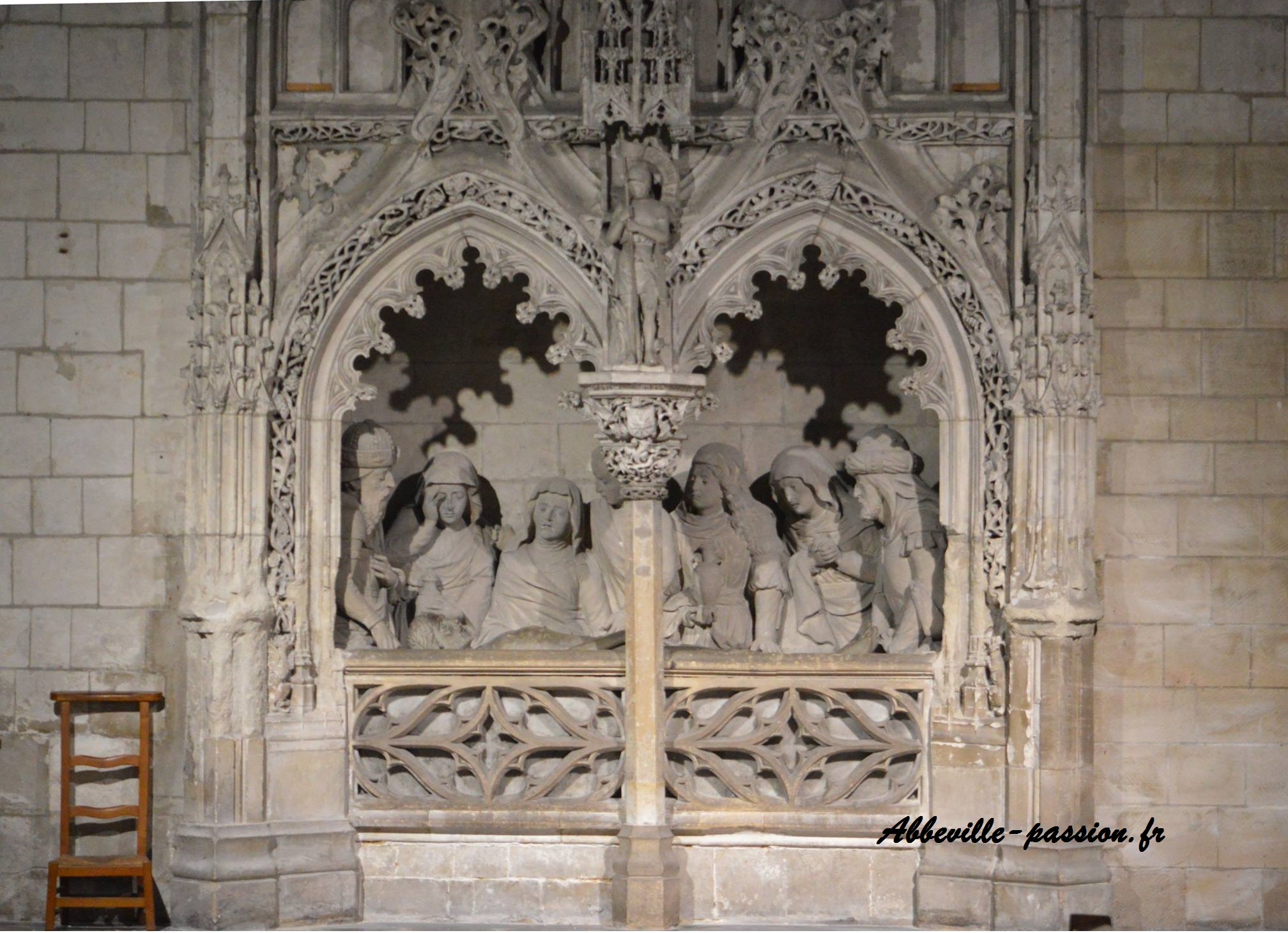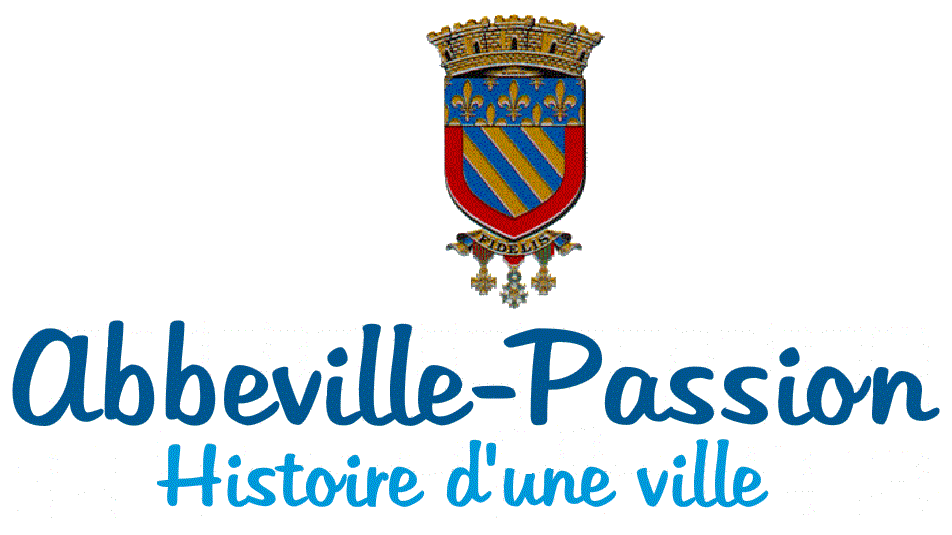-

 Monuments
Monuments- • L'hôtel de l'Alhambra
- • Monument La Barre
- • The "Baths and Shower"
- • The Bourdois or Small Echevinage
- • The Carmel
- • The Charterhouse of Thuyson
- • The Municipal Theatre
- • The bridge of the Six Moulins
- • The château de Bagatelle
- • The manufactures des Rames
- • The naked woman
- • The so-called new house "Van Robais"
- • The train station
- • The Battle Abbeville
- • The liberation of Abbeville
-

 Personalities inhabitant of Abbeville
Personalities inhabitant of Abbeville- • Albert Laurent, Musician and literary
- • André Maurois
- • Ernest Prarond
- • Father Pierre Carpentier
- • François-Jean Lefebvre, Chevalier de La Barre
- • Henri Caron, painter of the Bay of Somme
- • Jacques Boucher de Crèvecoeur de Perthes
- • Jean-François Lesueur
- • Max Lejeune and the reconstruction of Abbeville
- • Pierre François Guerlain
- • Roger Agache
- • Rose Bertin
- • The Admiral Courbet
- • Van Robais
-

 Sports
Sports- • SCA
1500006 visitors
13 visitors online
According to Christian tradition, we are accustomed to call the Sepulcher the tomb where the body of Jesus of Nazareth was deposited on the evening of his death on the cross. Thus the Holy Sepulcher is the first tomb of Christ.
Tradition has it that the foundation of the Church of Saint Sepulcre dates back to the first crusade and represents the memory of the passage of Godefroy de Bouillon on Abbeville, called by Count Gui I of Ponthieu, himself leaving for the Holy Land. It may be more accurate to think that the church was erected at the very site of a gathering of Crusaders at the end of the eleventh century.
A first edifice thus rises in an empty field, dominating on one side the still distant enclosure of the city, and on the other the course of the Scardon and its springs escaping from the land which was later to become that of Saint Pierre. We do not know much more about this church at this time. It was not until 1332 that she was mentioned in the red book of the aldermen.
It is just after the one hundred years' war, in the middle of the 15th century that the church of the Holy Sepulcher almost as it is today is built in flamboyant Gothic style, very fashionable at the time.
One of its lateral chapels houses a remarkable "Entombment" of Christ, with amazing details at the level of the faces. It is a true picture on which every initiate recognizes without problem in order: Joseph of Arimathea at the head of Christ, Saint Mary Magdalene recognizable to her pot of aromatics with which she has washed the feet of Jesus begging him to absolve him of his sins, Mary, St John supporting her, her eyes on Christ, the two holy women, Marie Salomé and Marie the wife of Cleophas and Nicomedes, at the feet of Christ helping Joseph d ' Arimathy to carry it to the tomb. Let us recognize, however, that only the face of Christ is of origin, the other faces are posterior to the fifteenth century.

During the Revolution, the arrow of wood and lead which overhung the bell-tower was removed.
In 1862 it was decided to demolish and rebuild the choir, the transept and the bell tower reconstructed in neo-Gothic style in 1864.
This demolition, however, made disappear a number of tombstones loaded with inscription and coat of arms listed before the count of Bussy.
During the First World War, the windows were blown and damaged. In May 1924, the municipality decided to repair the damage.
Unfortunately, the incendiary bombardments of 20 May 1940 hit the church very hard. The vaults and some walls collapse, the windows are again broken by the breath of the bombs. Its restoration will not begin until 1970.
In 1982, the inspector of Historic Monuments proposed to Alfred Mannessier, painter born in 1911 in Saint-Ouen in the Somme, very often inspired by the landscapes of the Bay of Somme, to realize the 31 windows of the church. Thus, on 2 April 1989, Alfred Mannessier inaugurated the first three stained-glass windows of the choir. The ensemble will be inaugurated on 30 May 1993.
In 2012, the bell tower of the church is endowed with its definitive roof, replacing the temporary one, put in place after 1945
Category : - Churches
Page read 15837 times
Copyright
Images and texts are not royalty-free.
If you want to use one of the photos or texts on the site, do not hesitate to contact us and explain how you intend to use them.







